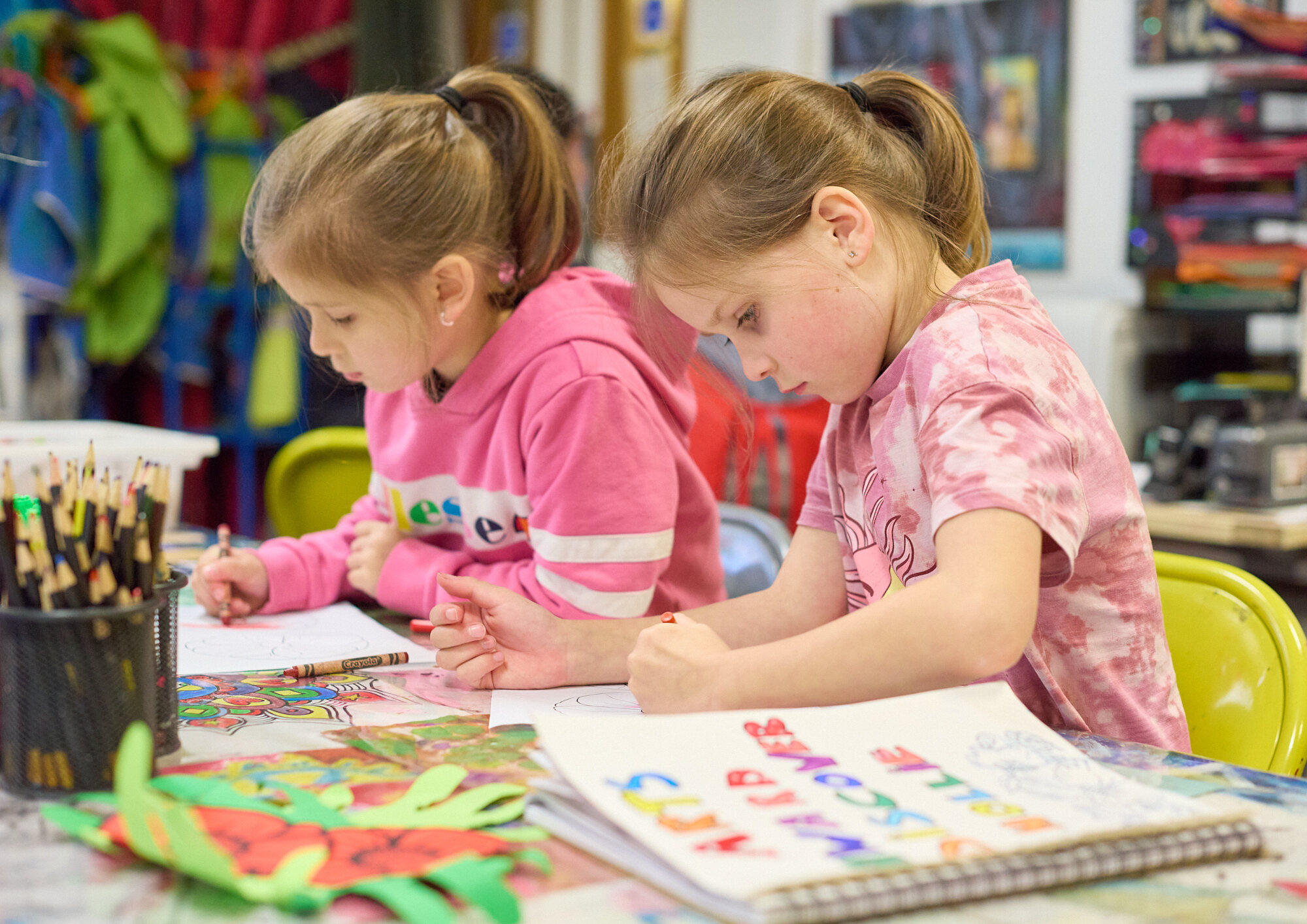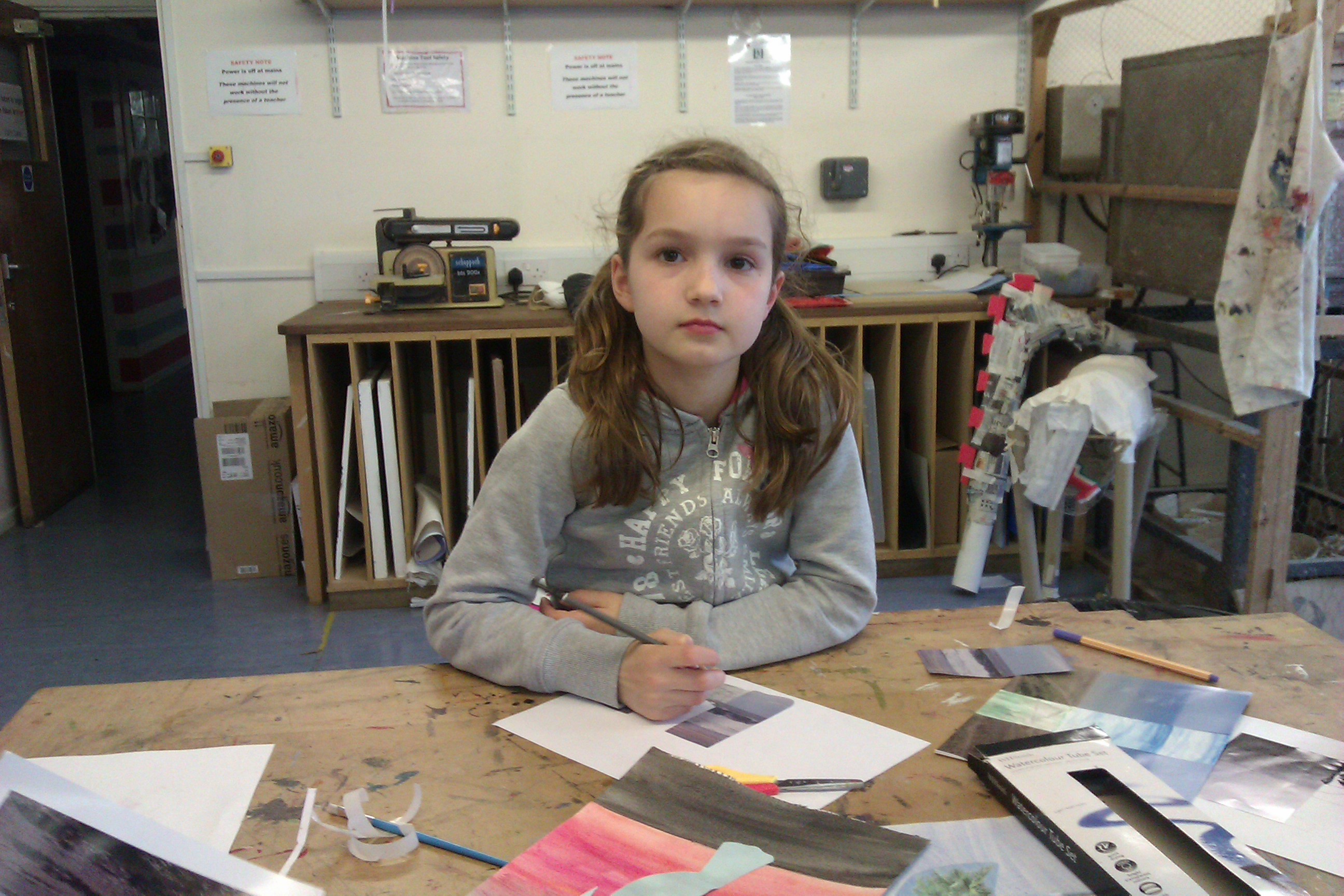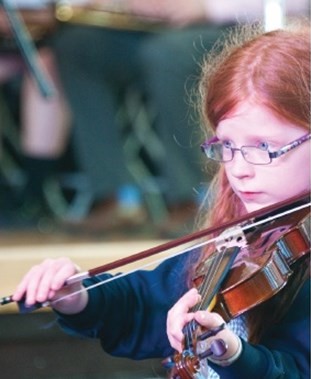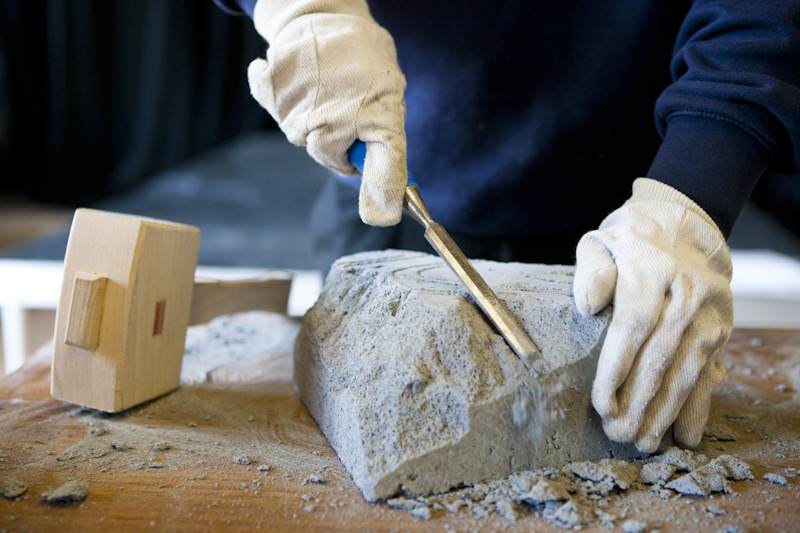
Ten top tips for delivering Arts Award Discover on a tight budget
BY: Kat Stapley-Smith
10 Mar 2025
Throughout March on the Arts Award blog, we are celebrating Arts Award Discover. We understand that delivering Arts Award on a tight budget can feel challenging, but with some creative planning and resourcefulness, it’s possible to run Arts Award Discover and keep costs low.
Arts Award Discover is the start of the Arts Award adventure. It takes children and young people on an artistic journey as they explore the arts all around them, investigate different art forms, research an artist, and then share their discoveries with others.
Here are our top tips to help you make the most of the Discover resources available to you and stay within your budget:
- Link Arts Award to existing activities
Look at what your organisation is already doing around arts and culture with young people – could you link Arts Award to existing activities, clubs or events? You might not need to do too much more than you’re already doing to meet the Discover evidence requirements.
We have a handy resource to help you map your centre's current arts activities against the framework for Discover. Use this resource to identify any gaps and think about the best way to fill them.
- Discover in a day
Discover can be delivered in a day – many festivals, museums, galleries and schools do this and we have a useful A3 Discover in a Day map which can be adapted to your setting and delivery. The A3 map can be used by participants to log their activities and would work well at an event or on a visit to an arts or cultural organisation. Advisers are free to expand on any part and should not feel confined to this one page if participants what to complete further evidence.
Take a look at this post on the Arts Award blog to find out how Brave Bold Drama deliver Discover in a day and this resource about how museums can offer it through a structured school visit.
- Embed Arts Award into your curriculum or extra-curricular activities
Once you have mapped out your arts provision against the Arts Award Discover evidence requirements and criteria, you might want to consider embedding it into your arts curriculum so that the group you’re working with receive recognition for their achievements. Embedding Arts Award can also help teachers feel like they’re not having to do any additional work and not feel pressured to complete Arts Award during one particular term. Take a look at this blog post to find out how Appledore School embed Arts Award in the curriculum and this blog about how one school delivered Discover to a whole year group. We also have subject specific resources for embedding Arts Award Discover into the PSHE, Music and history curriculums.
Some schools deliver Arts Award within their extra-curricular offer; as part of arts based lunchtime or after school clubs for example, or in secondary schools as part of form time. Offering Arts Award as part of your extra-curricular activities enables your students to have time to enjoy arts-based activities without the large class numbers and the constraints of formal lessons. Check out this blog post to read more about why we think extra-curricular activities are important.
In schools, you could even use Discover to give you a framework for your Arts Week. Discover can easily and effectively map to your existing plans, meaning that not only will all children take part in the arts, they also get something tangible to remember it by. Read more in this blog post for some low-cost ideas on how you can link Discover to your Arts Week.
- Ideas for exploring art forms (Part A)
For Part A of Discover, young people need to identify a range of art forms (more than one). Consider creating a trail through your school/setting highlighting different art forms on show. Alternatively, take a group or groups on an arts walk around the local area – what art forms can they identify? This can also tie into KS1 and 2 Geography programmes of study, with identification of local landmarks, the use of maps and compass terminology. Alternatively, ask your young people what art forms they might have seen on their journey to school or at the weekend, or show them a list or pictures/symbols of different art forms and ask them to tick off the ones they know about and to give an example (use our Discover log book templates to help you).
- Taking part in arts activities (Part A)
Young people also need to take part in at least one arts activity for Part A. Although it would be an amazing opportunity to pay visiting professional artists to come to your setting, to use expensive materials and offer loads of different workshops and art forms, this is not a requirement of Arts Award at Discover level. In schools, an arts activity could simply be an art, music or drama lesson that is already part of your curriculum where the young people are learning something new. In an arts organisation, it could be a workshop you already deliver regularly. You could look into inviting local artists or creative parents/carers to your setting or even older students from the local secondary school, which wouldn’t cost as much as professional artists but would still give your young people a great opportunity to take part in an arts activity. This part could also include arts activities young people take part in at home.
- Finding out about artists (Part B)
Again, this doesn’t have to involve professional artists visiting your setting. In schools you could incorporate finding out about an artist in your lesson – young people could look at books, print outs of information, use the internet or perhaps put together some questions to email to an artist to find out more about them and their work. In an art gallery or museum, young people can look at the information about artists in the artwork labels and other presentation boards, and you could give a talk on an artist.
If your young people participate in a workshop or attend a pre or post show talk/tour, they could interview the artists delivering the session to find out more about them. You could work with the young people to think about what questions to ask before the day. As with Part A, you could engage a local artist, a member of staff, parent or older student with a talent in the arts. Consider inviting someone into school to talk to the children in an assembly or class-by-class – or see if you can video call them!
- Sharing enjoyment and learning (Part C)
Part C is an opportunity for children to look back on what they did for their Arts Award Discover and share what they enjoyed and learnt with others. The sharing activity might involve an exhibition or display of work with one line from each child about what they enjoyed the most – you could invite parents to visit the display. Or you could have a celebration assembly/event, whole class presentation, small group sharing activities in class or it could be as simple as sharing with you, a family member, friend or another adult in your setting.
- Evidence tools
One of the great things about Arts Award is that as long as the young people are meeting the evidence requirements of the level they are doing, they can use any kind of evidence tool they want to! Photos, video and audio recordings, write-ups, sketches, proformas and templates, charts, posters, blogs, collages, signs and symbols, scribing, witness statements and creative responses are all acceptable forms of evidencing Arts Award.
- Presenting and storing evidence
Evidence can be presented in any format that works for you and your young people. We have hard copy arts logs/portfolios available to buy from the Arts Award shop online, but these are not compulsory. Alternatively, we have free Discover log book templates that you can download from the adviser resource library. There is also a version of the Discover arts log for ages 11+. You can adapt these templates to suit your delivery and young people. Many settings use sketch books and scrap books too. We’ve even seen evidence presented on cushion covers, mugs, shoe boxes, pop-ups inside a brief case and on a top hat! When it comes to digital portfolio options, many young people use MS PowerPoint/Google Slides (which you can also add templates too), MS Word/Google docs, MS OneNote, free websites and blogging sites such as Wix, WordPress, Prezi, Tumblr and Seesaw. Check out further examples on Arts Award Voice and this blog post about digital portfolio platforms.
You can see examples of what other people have created on our portfolio examples hub.
- Support
If you have any questions or would like to talk through your ideas for Discover and ways to keep costs down, you can book a 15-30 minute support call via the link on this webpage or email artsawardenquiries@trinitycollege.co.uk.
Discover refresher
To refresh your knowledge on each of the parts of Discover and the evidence requirements, watch this webinar recording.
Note: Due to a system glitch on the Adviser resource library, you may have issues downloading the resources in this blog post - this is usually resolved by clicking on the link more than once.
Photo: Art Classes Group by Cordelia Noble
Related posts
BY: Guest Writer
BY: Guest Writer
BY: Nicola King




Comments & Replies